Fat tire ebikes combine oversized tires with powerful electric motors to deliver unmatched stability, traction, and comfort across diverse terrains. Models like the TST Defender 26, with its 26-inch fat tires, excel on rough surfaces like snow and sand, while the 27-inch Dreamer offers smooth rides for daily commuting and mountain biking. These ebikes provide robust performance, making them ideal for adventure seekers and urban riders alike.
How Do Fat Tire Ebikes Enhance Riding Performance?
Fat tire ebikes enhance performance by increasing tire surface area, which improves grip and flotation on soft or uneven ground such as sand, snow, and mud. The wider tires absorb shocks and vibrations, resulting in a smoother, more comfortable ride. Combined with high-power motors (often 750W or more), these bikes climb hills effortlessly and maintain stability at higher speeds, even on challenging terrain.
What Key Features Define a High-Performance Fat Tire Ebike?
A high-performance fat tire e-bike is defined by its powerful motor and long-range battery, typically offering at least 750W of power and 48V battery systems. Wide tires (usually 4 inches) provide excellent grip and stability on diverse terrains. Look for suspension systems for comfort and hydraulic brakes for strong stopping power. Additional features like pedal assist, throttle control, and LCD displays also enhance ride quality and make the bike suitable for both off-road and urban use. How long does it take to fully charge the battery?
Key features include:
- Tire Width: Typically 4 inches or wider for optimal traction and stability.
- Motor Power: 750W to 1300W brushless motors for strong torque and acceleration.
- Battery Range: 30 to 65+ miles per charge to support long rides.
- Suspension: Front and/or rear suspension to absorb bumps.
- Frame Material: Durable aluminum or carbon fiber for strength and lightweight.
- Brakes: Hydraulic disc brakes for reliable stopping power.
Chart title: Fat Tire Ebike Performance Features
| Feature | Specification Range |
|---|---|
| Tire Width | 4 inches and above |
| Motor Power | 750W – 1300W |
| Battery Range | 30 – 65+ miles |
| Suspension | Front and/or rear |
| Frame Material | Aluminum or carbon fiber |
| Brakes | Hydraulic disc |
Which TST EBike Models Exemplify Fat Tire Performance?
The TST Defender 26 features 26-inch fat tires, a 1300W motor, and full suspension, making it perfect for off-road adventures on snow, sand, and rugged trails. The TST Dreamer 27, with 27-inch tires and a high-power motor, balances urban commuting with mountain biking capabilities, offering smooth handling and long-range battery life. Both models deliver high performance at cost-effective prices.
Why Are Fat Tire Ebikes Ideal for Rough and Mixed Terrains?
Fat tire ebikes’ wide tires distribute rider weight over a larger area, preventing sinking in soft surfaces and improving control on slippery or uneven paths. Their powerful motors provide the torque needed to conquer steep inclines and technical trails. This versatility allows riders to transition seamlessly from city streets to backcountry trails without changing bikes.
How Does Tire Size Affect Ride Comfort and Handling?
Larger tires (27-inch) generally offer better rolling efficiency and speed on paved or packed surfaces, providing a smoother, faster ride. Fat tires (26-inch and wider) excel in cushioning and grip on loose or soft terrain but may add weight and rolling resistance. Choosing the right tire size depends on your typical riding environment and comfort preferences.
What Are Practical Buying Tips for Fat Tire Ebikes?
When buying a fat tire e-bike, start by assessing your terrain needs—choose models with mid-drive motors for hills or hub motors for flat trails. Ensure the battery range meets your average travel distance. Look for adjustable suspension if you'll ride rough paths. Check tire size (typically 4-inch or wider) and brake quality, preferably hydraulic. Don’t overlook frame weight, folding options, and after-sales support. Always test ride before buying, and verify warranty terms.
- Test ride to assess comfort and handling on your preferred terrain.
- Prioritize motor power and battery capacity based on ride length and terrain difficulty.
- Look for quality suspension and hydraulic brakes for safety and comfort.
- Consider frame material for durability and weight balance.
- Choose reputable brands like TST EBike that focus on quality control and customer feedback.
Buying Tips
When purchasing a fat tire ebike:
- Select the TST Defender 26 for rugged terrains like snow and sand, or the Dreamer 27 for mixed urban and mountain biking.
- Ensure the motor power matches your terrain and riding style (750W+ recommended).
- Opt for batteries offering at least 30 miles range, preferably up to 65 miles.
- Prioritize comfort features like suspension and ergonomic seating.
- Confirm warranty and after-sales support for peace of mind.
These tips help you find a fat tire ebike that delivers performance, durability, and value.
Are Fat Tire Ebikes Actually Harder to Pedal Without Assist?
Yes, fat tire ebikes are harder to pedal without assist due to their heavier weight and increased rolling resistance from wider tires. This makes manual pedaling more strenuous, especially on flat terrain or uphill.
Fat tire ebikes have surged in popularity, offering a rugged design for various terrains. But a common question among potential buyers is: Are fat tire ebikes harder to pedal without assist? In this comprehensive guide, we’ll break down the mechanics of fat tire ebikes, their pros and cons, and how to choose the right model for your needs.
Understanding Fat Tire Ebikes
What Are Fat Tire Ebikes?
Fat tire ebikes are electric bicycles equipped with extra-wide tires, typically 4 inches or more in width. These tires provide enhanced stability and traction, making them ideal for off-road conditions like snow, sand, and mud.
Fat tire ebikes, also known as electric fat tire bikes, are e-bikes equipped with tires typically 4 inches or wider. These oversized tires provide increased traction, stability, and comfort, making them ideal for off-road adventures, snow, sand, and even urban commuting.
Key Features of Fat Tire Ebikes
Key features include wide tires for improved grip, powerful motors (often 750W or higher), durable frames, and suspension systems designed for rough terrains. These elements combine to offer a comfortable and versatile riding experience.
- Wide tires (4"–5") for improved grip and shock absorption
- Powerful motors (500W–1300W) to handle rough terrains
- Long-range batteries (48V–52V) for extended rides
- Robust frames designed for durability
Are Fat Tire Ebikes Harder to Pedal?
Yes, due to their larger tires and added weight, fat tire ebikes require more effort to pedal manually. The increased rolling resistance makes them less efficient without motor assistance.
Factors That Affect Pedaling Difficulty
Pedaling difficulty is influenced by tire width, bike weight, terrain, and tire pressure. Wider tires and heavier frames increase resistance, while lower tire pressure can make pedaling more challenging.
| Factor | Impact on Pedaling |
|---|---|
| Tire Width | Wider tires create more rolling resistance |
| Tire Pressure | Lower pressure improves traction but increases effort |
| Weight | Fat tire ebikes are heavier than standard bikes |
| Motor Assistance | Pedal-assist makes riding effortless |
Without motor assistance, fat tire ebikes do require more effort to pedal than regular bikes due to increased rolling resistance and weight. However, proper tire inflation and gearing adjustments can significantly reduce the difficulty.
How Much Slower Are Fat Tire Ebikes on Pavement?
Fat tire ebikes are generally slower on pavement due to increased rolling resistance and weight. The exact speed difference varies, but riders may notice reduced efficiency compared to standard bikes.
Fat tire ebikes tend to be 10-15% slower on smooth pavement compared to thinner-tire eBikes due to rolling resistance. However, with proper tire pressure (20-25 PSI), they can perform efficiently on roads.
Fat Tire Ebike Pros and Cons
✅ Pros
✔ Excellent traction – Ideal for snow, sand, and mud
✔ Stable and comfortable – Absorbs shocks and bumps
✔ All-terrain capability – Versatile for multiple riding conditions
✔ Powerful motors – Handle steep inclines with ease
✔ Durability – Built for rugged use
❌ Cons
✖ Heavier than standard eBikes – Typically 65-85 lbs
✖ Reduced efficiency on pavement – Higher rolling resistance
✖ More expensive – Premium models can exceed $2000
✖ Requires more storage space – Bulkier design
Best Fat Tire Ebike for Snow and Off-Road Riding
When choosing a fat tire ebike for snow, look for the following features:
-
High torque motor (750W–1300W) for better power delivery
-
Battery capacity (48V 15Ah+) for longer winter rides
-
Hydraulic brakes for reliable stopping power
-
Tires with deep treads for enhanced grip
Top Picks for Snow Riding
The Rad Power Bikes Radster Trail is a top choice for snow and off-road riding, featuring a powerful motor and rugged design. The Norco Bigfoot VLT1 is also highly regarded for its performance in winter conditions.
| Model | Motor | Battery | Tire Size | Snow Performance |
|---|---|---|---|---|
| TST Dreamer | 1000W | 48V 15Ah | 26" x 4" | ⭐⭐⭐⭐⭐ |
| Hovsco HovAlpha | 750W | 48V 20Ah | 26" x 4" | ⭐⭐⭐⭐ |
| Aventon Aventure.2 | 750W | 48V 15Ah | 26" x 4" | ⭐⭐⭐⭐ |
Fat Tire Ebike vs Mountain Bike: Which One to Choose?
Choose a fat tire ebike for superior performance on soft, unstable terrains like snow and sand. Opt for a mountain bike if you prioritize speed and agility on trails and rough terrains.
| Feature | Fat Tire Ebike | Mountain Bike |
|---|---|---|
| Tire Width | 4"–5" | 2"–2.5" |
| Terrain Adaptability | All-terrain (sand, snow, mud) | Off-road and trails |
| Comfort | High (absorbs shocks) | Moderate |
| Speed on Pavement | Slightly slower | Faster |
| Weight | 65–85 lbs | 25–35 lbs |
| Power Assist | Yes | No |
Choose a fat tire ebike if you want stability and versatility, or opt for a mountain bike if you prefer lightweight and agility.
Do Fat Tire Ebikes Need Special Maintenance?
Yes, fat tire ebikes require regular maintenance, including checking tire pressure, lubricating the chain, and inspecting brakes. Their unique components may need specialized care to ensure longevity.
Maintaining a fat tire ebike requires some special considerations:
Tire Pressure: Adjust based on terrain (5-10 PSI for soft terrain, 20-25 PSI for pavement)
- Battery Care: Store at moderate temperatures and avoid deep discharges
- Brake Checks: Hydraulic brakes require periodic bleeding for optimal performance
- Motor Cleaning: Remove dirt and debris, especially after off-road rides
Pro Maintenance Tip
Regularly clean and lubricate the chain, especially after rides in wet or muddy conditions. This prevents rust and ensures smooth operation.
Lubricate the chain regularly to prevent rust, especially after riding in snow or wet conditions.
Final Thoughts: Should You Buy a Fat Tire Ebike?
If you seek versatility and plan to ride on various terrains, a fat tire ebike is a great choice. However, consider the added weight and maintenance requirements before purchasing.
Fat tire ebikes are an excellent choice for riders who value stability, comfort, and all-terrain capability. While they may be harder to pedal without assist, their powerful motors and battery efficiency make them an ideal option for adventure seekers and commuters alike.
Ready to Ride?
Ensure your fat tire ebike is properly assembled, charged, and that you have the necessary safety gear before heading out. Familiarize yourself with the bike's controls and settings for a safe ride.
Explore our collection of top-rated fat tire ebikes at TSTebike.com and start your next adventure today!
Key Takeaways
- Are fat tire ebikes harder to pedal? Without assist, yes—but proper tire pressure and gearing help.
- Best fat tire ebike for snow? Choose a model with high torque, large battery, and deep-tread tires.
- Fat tire ebike vs mountain bike? Fat tires excel in comfort and versatility; mountain bikes are lighter and faster.
- Maintenance? Check tire pressure, battery health, and clean the motor for longevity.
Have any questions? Comment below or contact us at TSTebike.com!
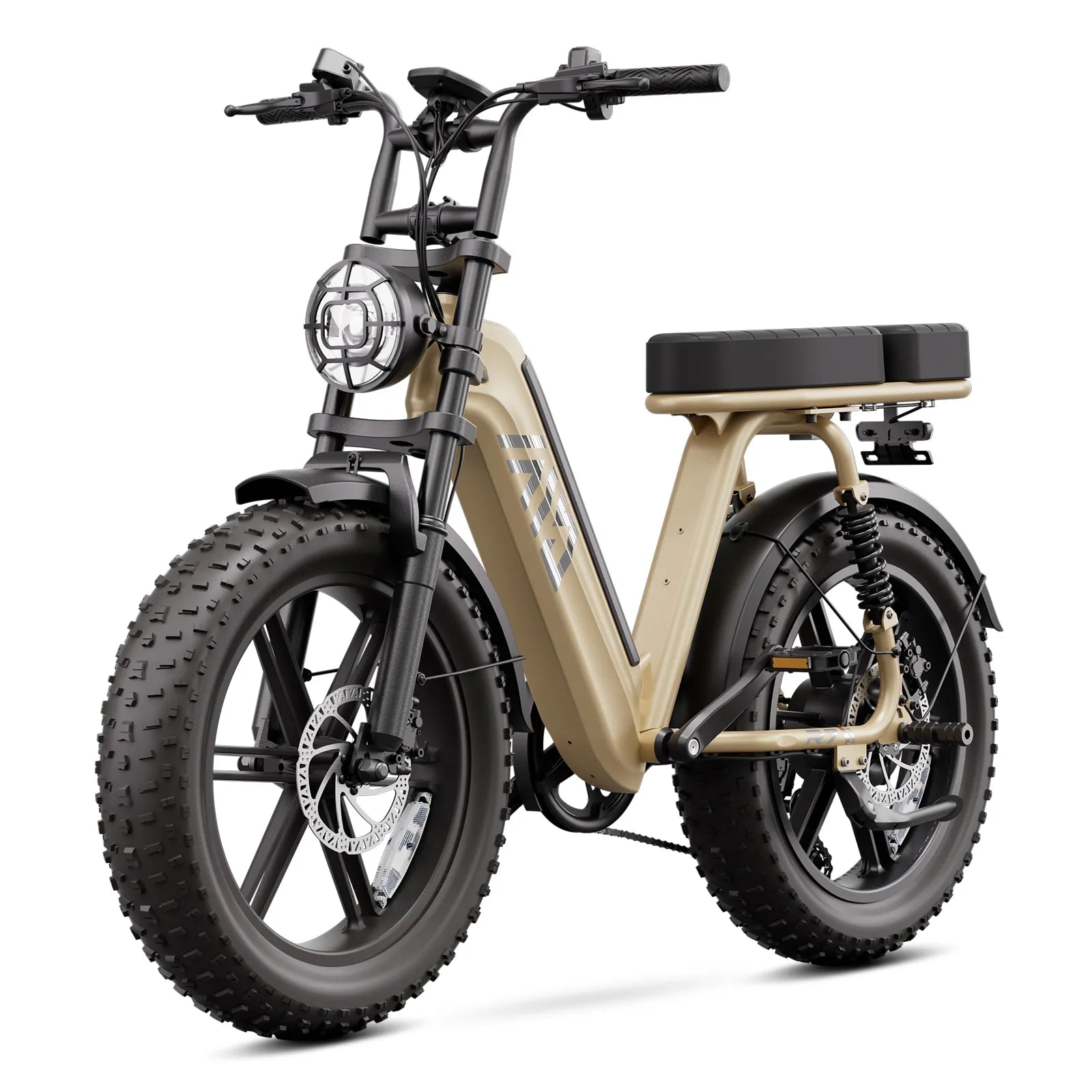
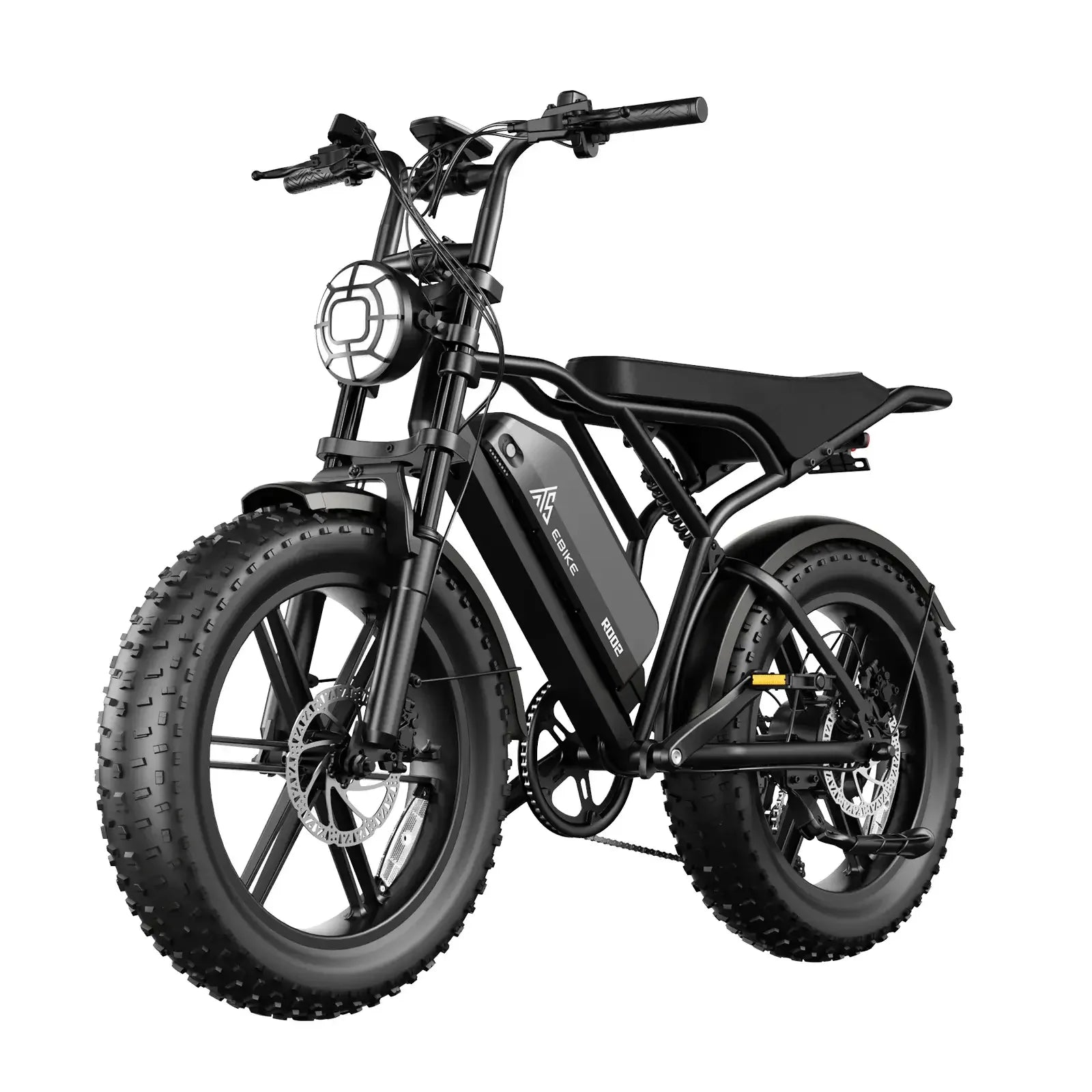

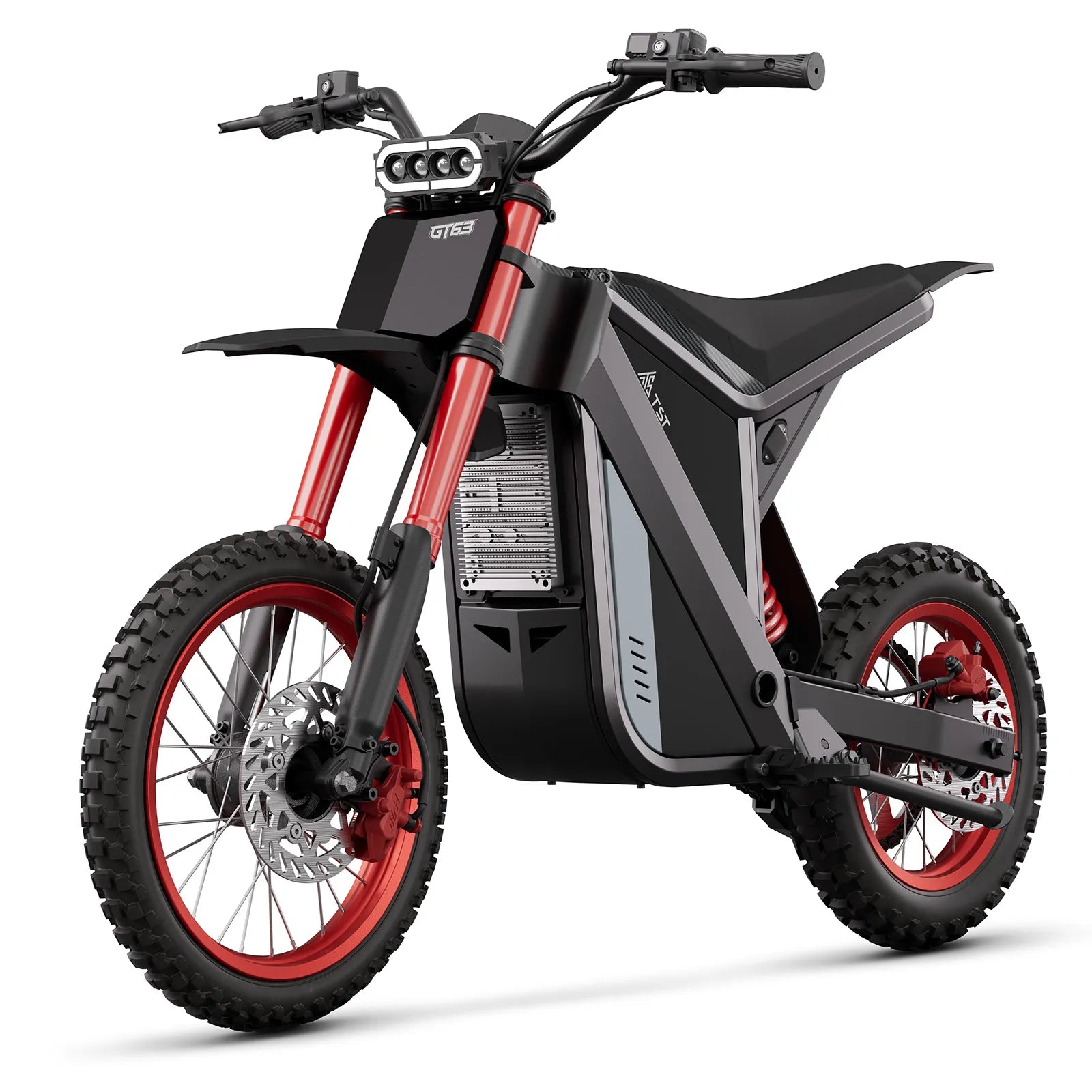
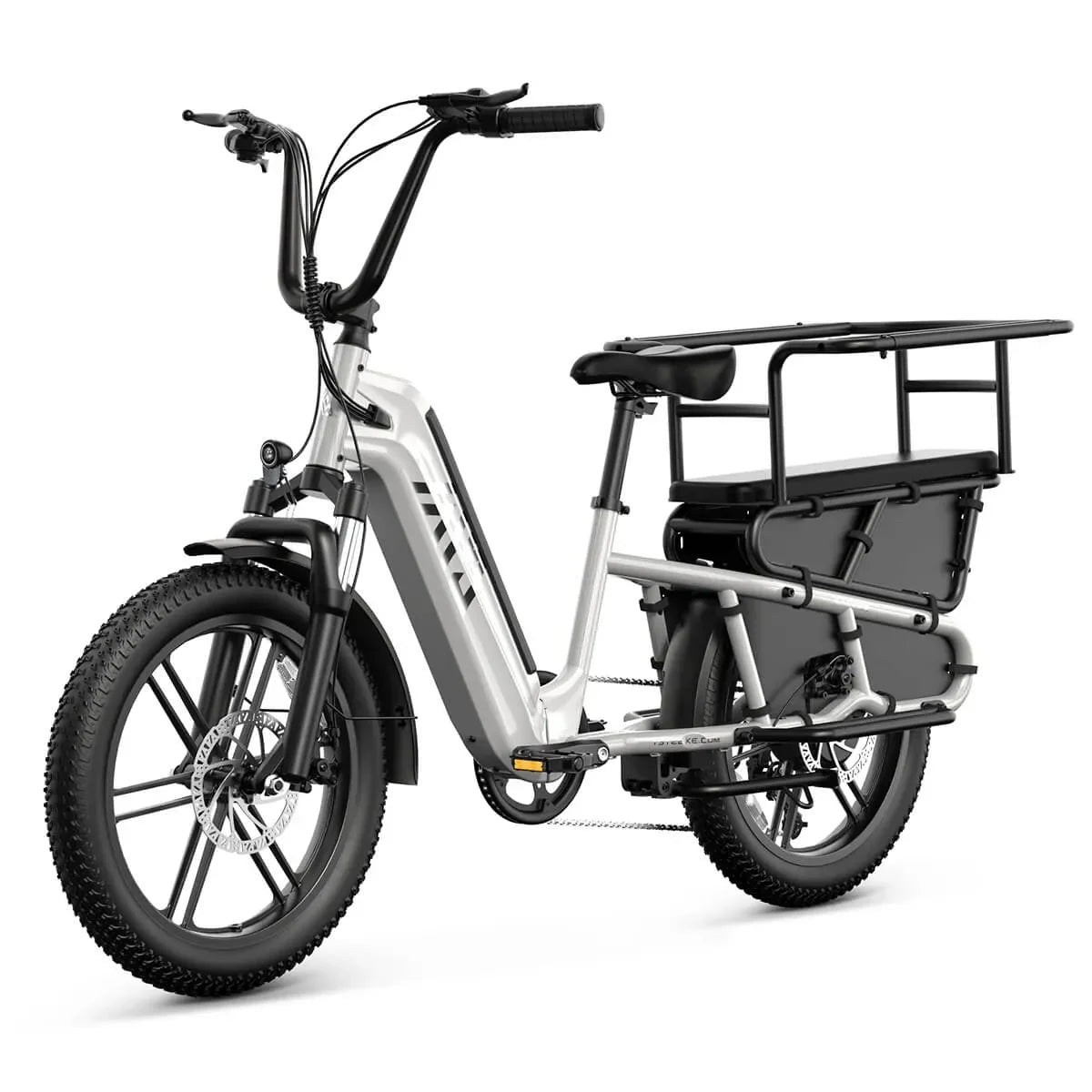
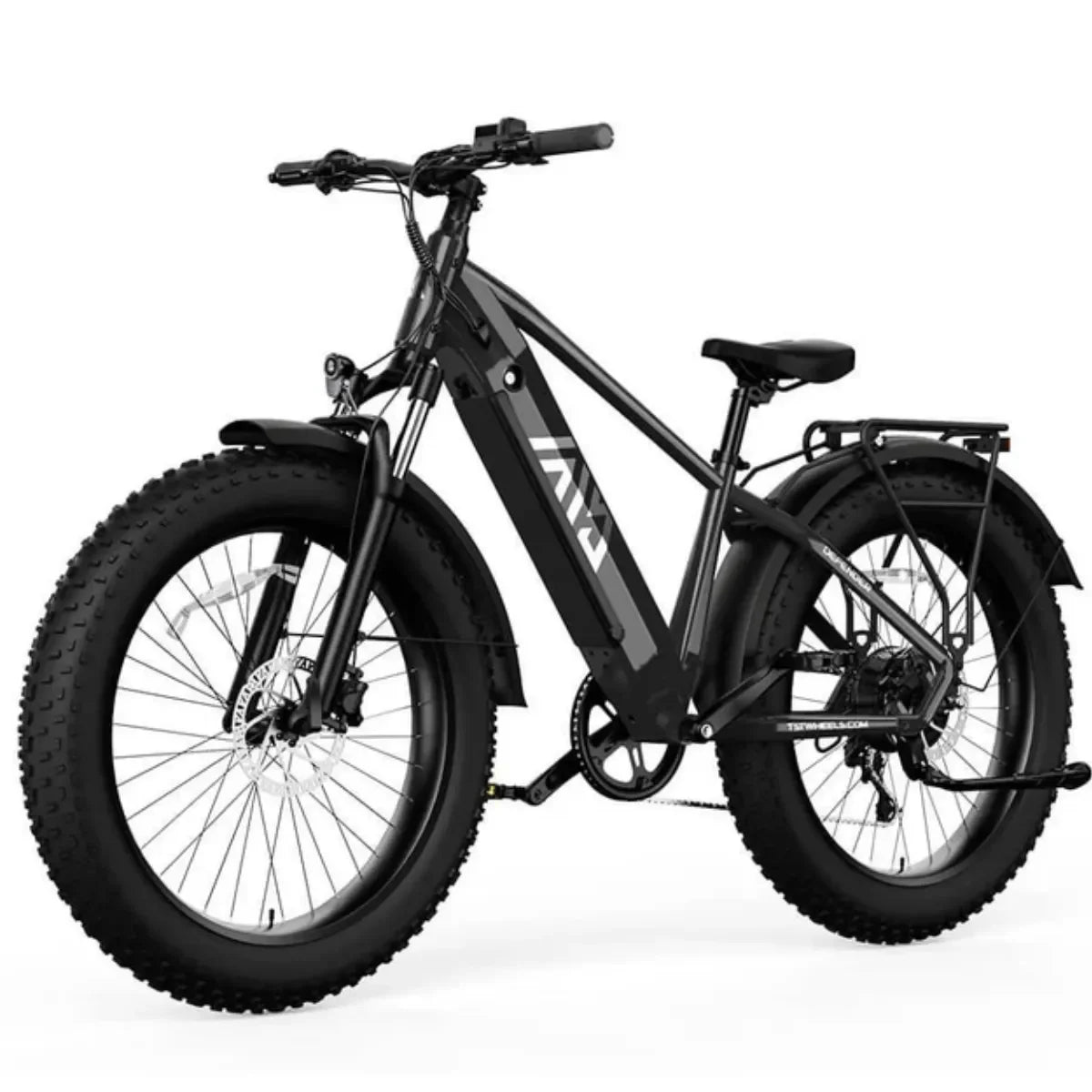
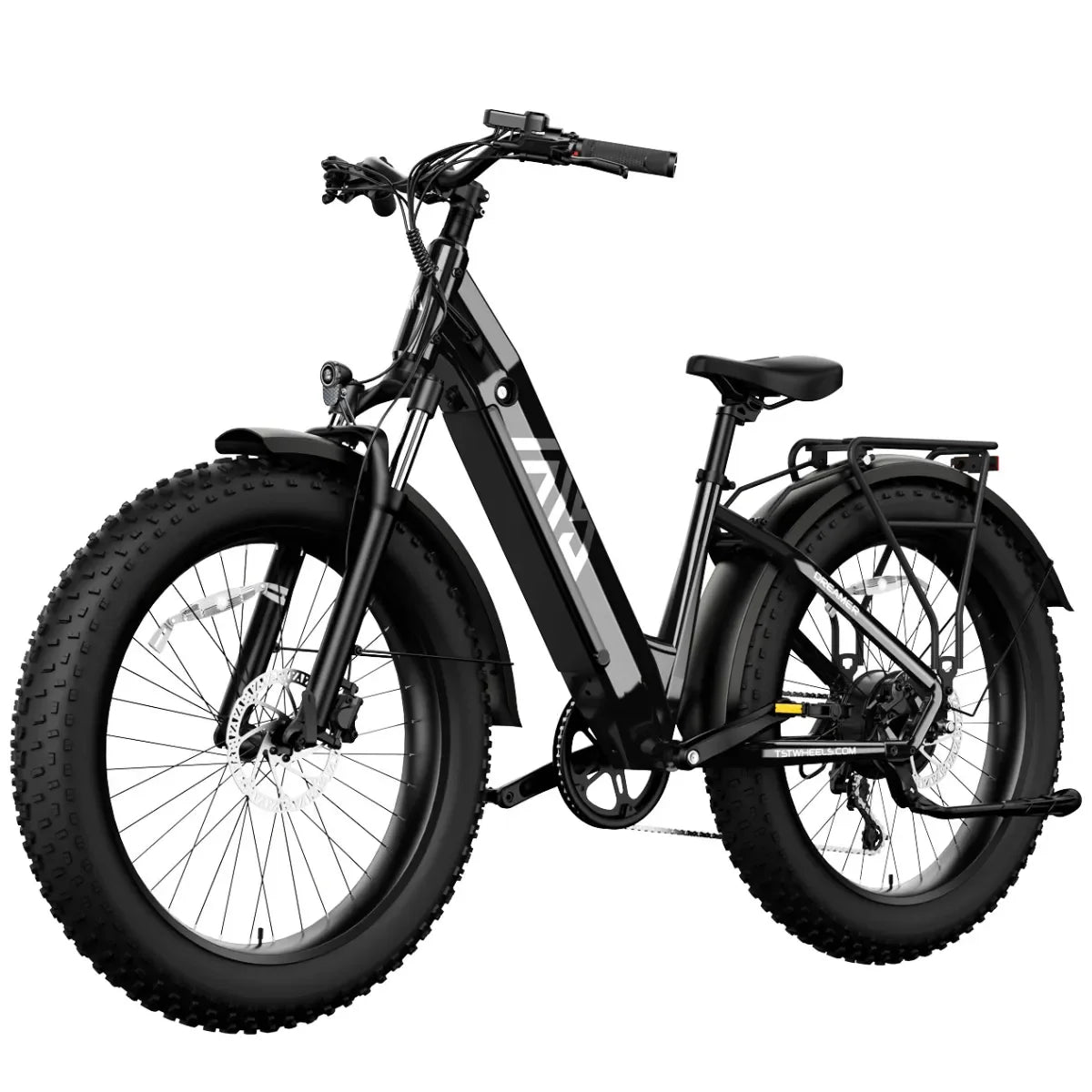
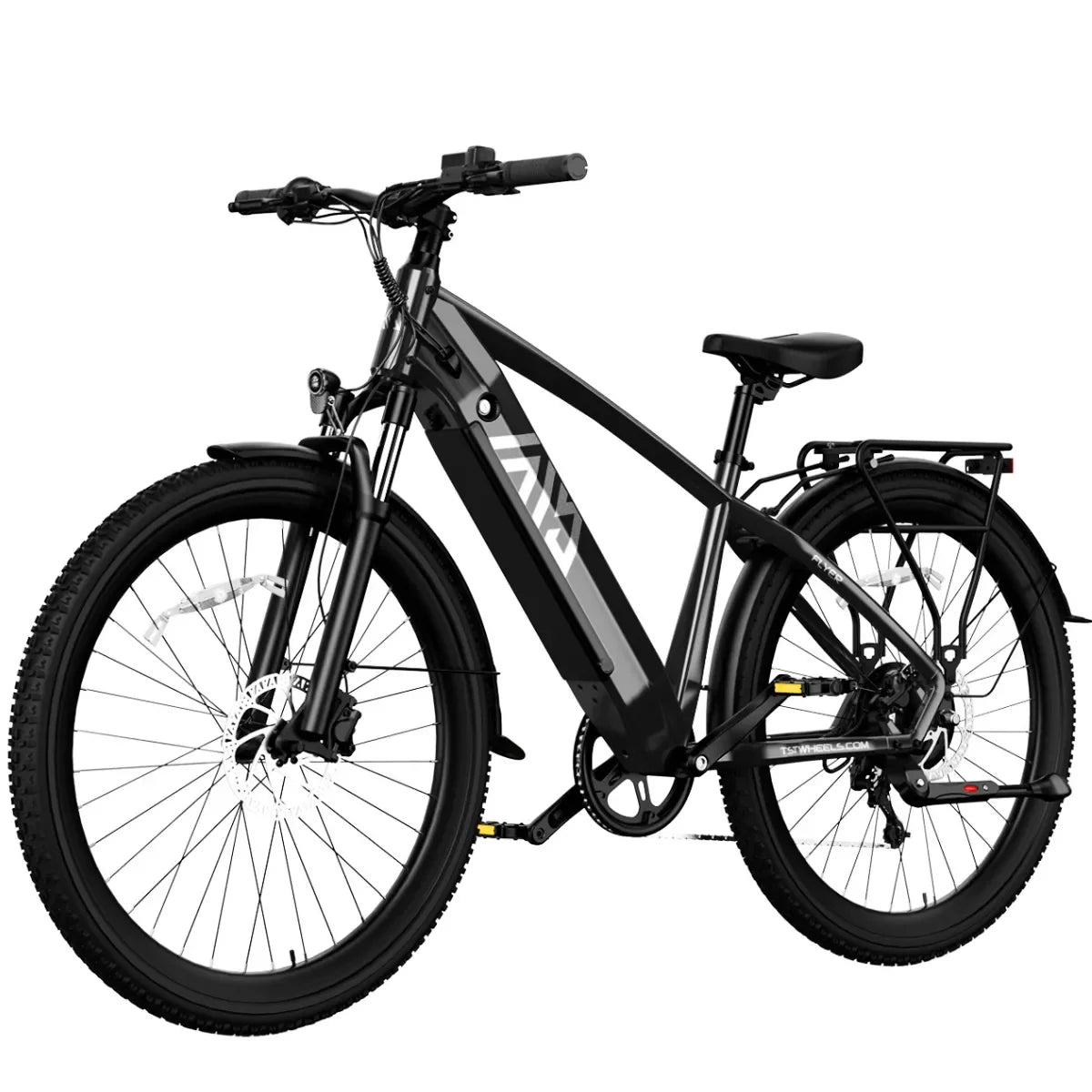
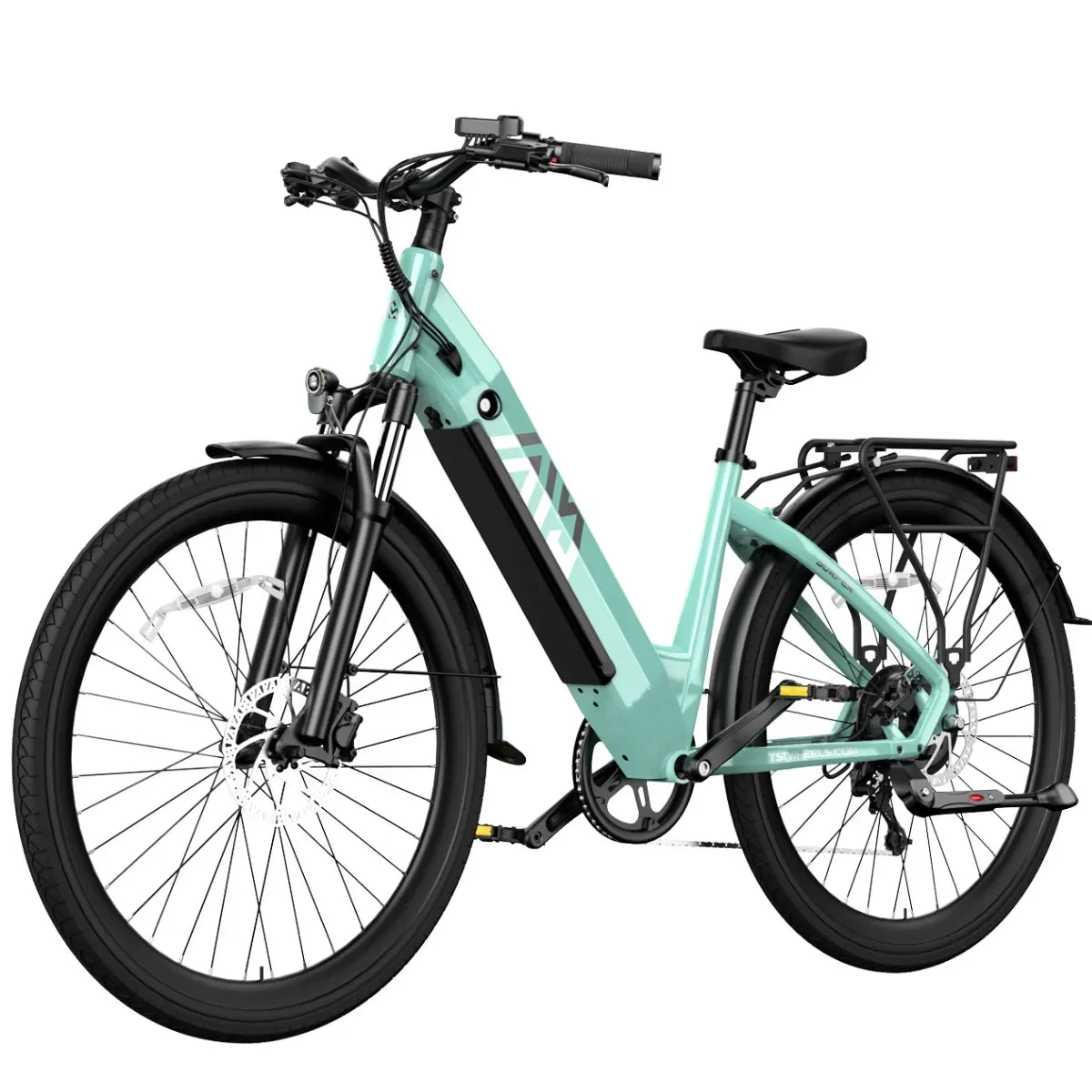
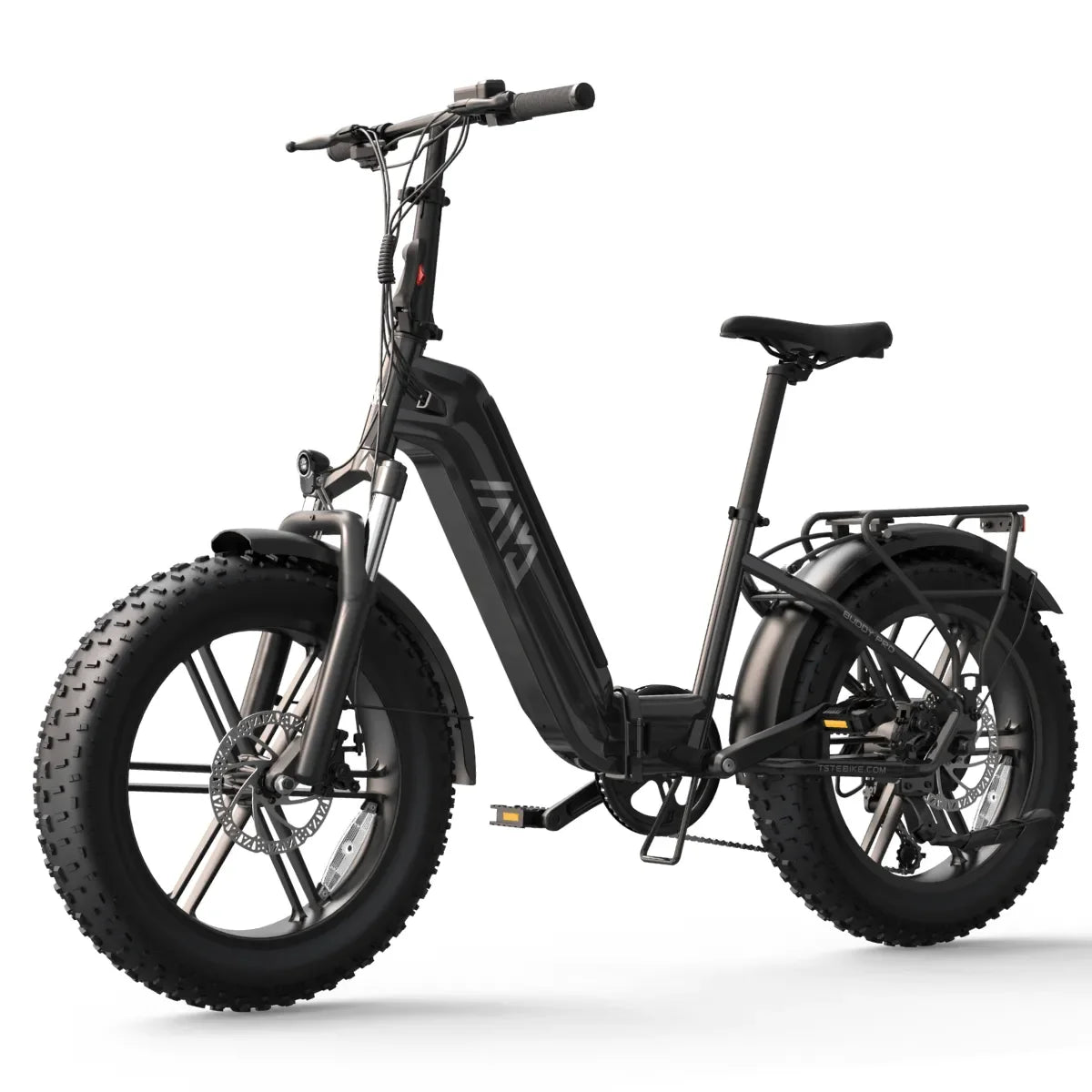
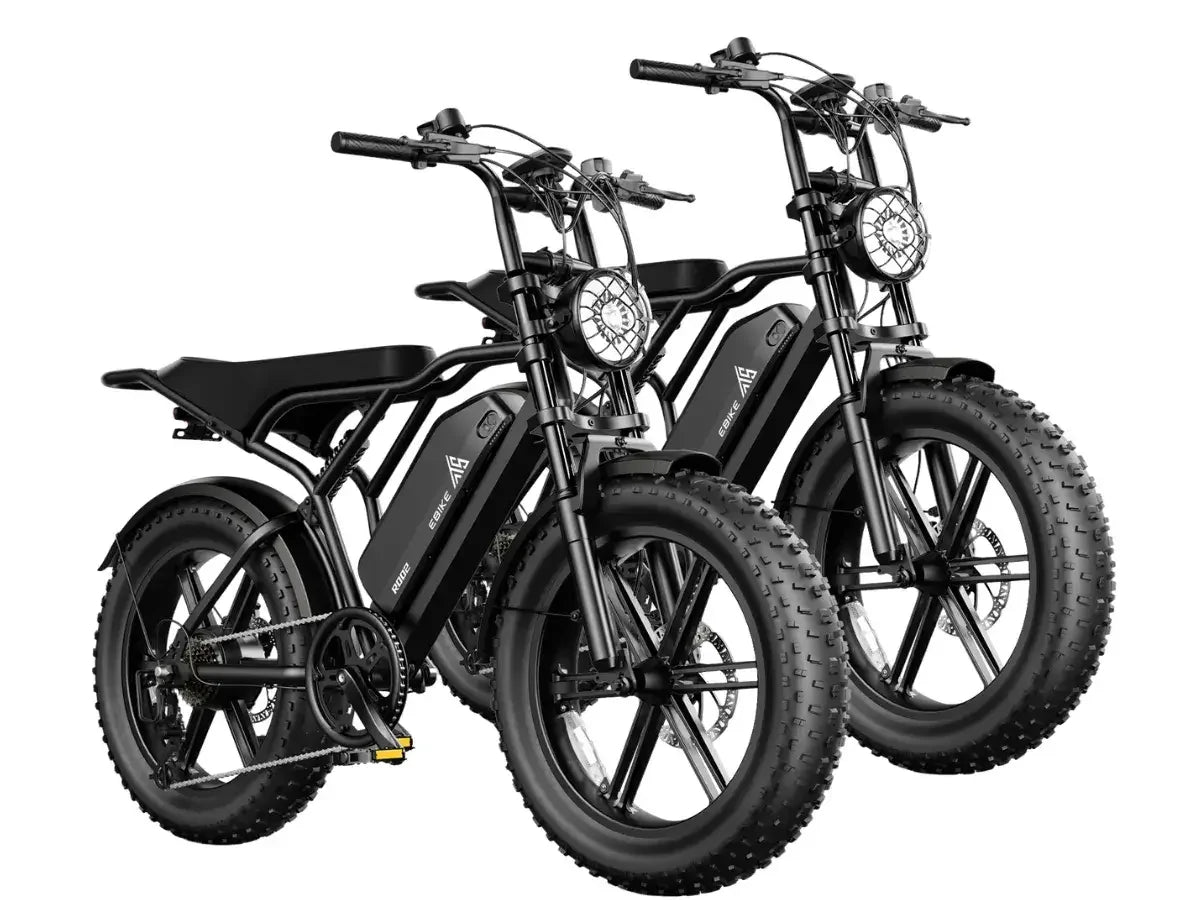
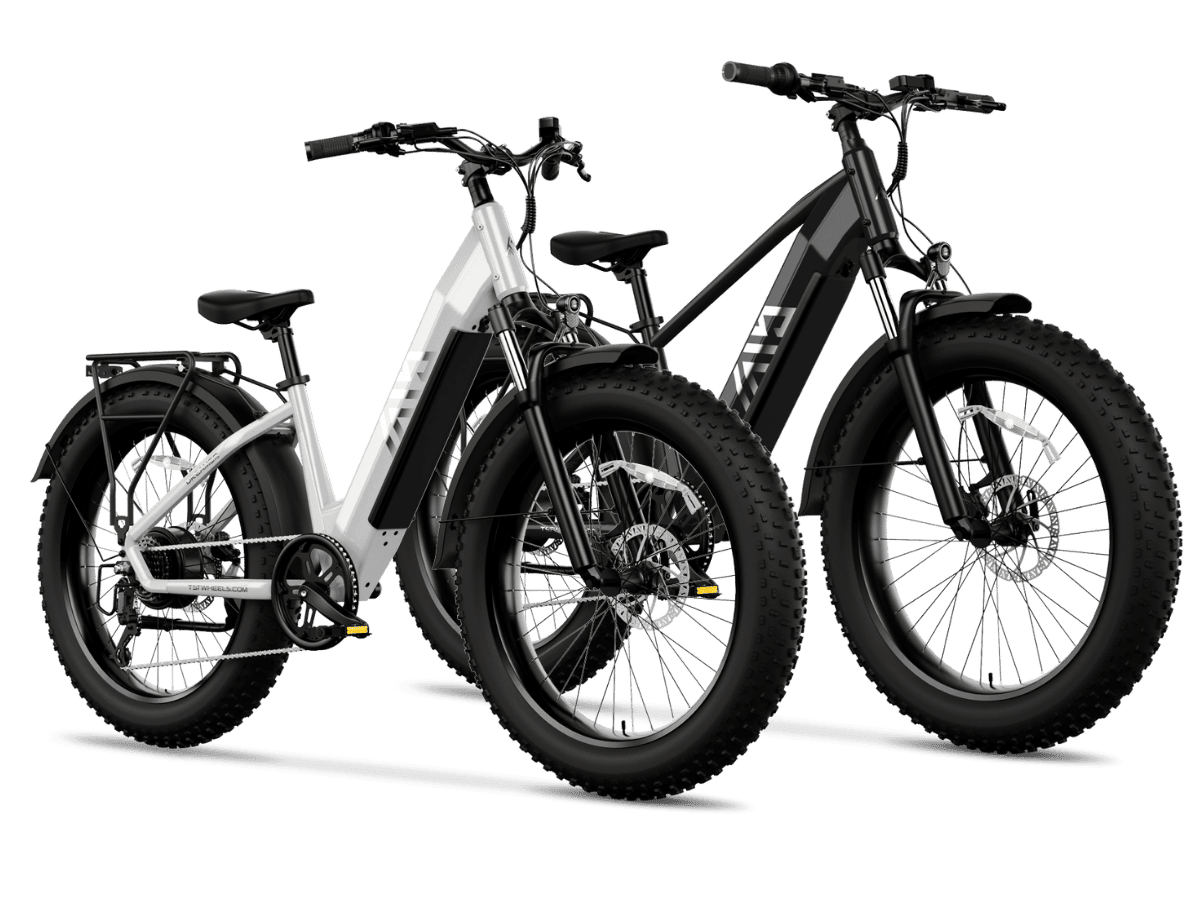
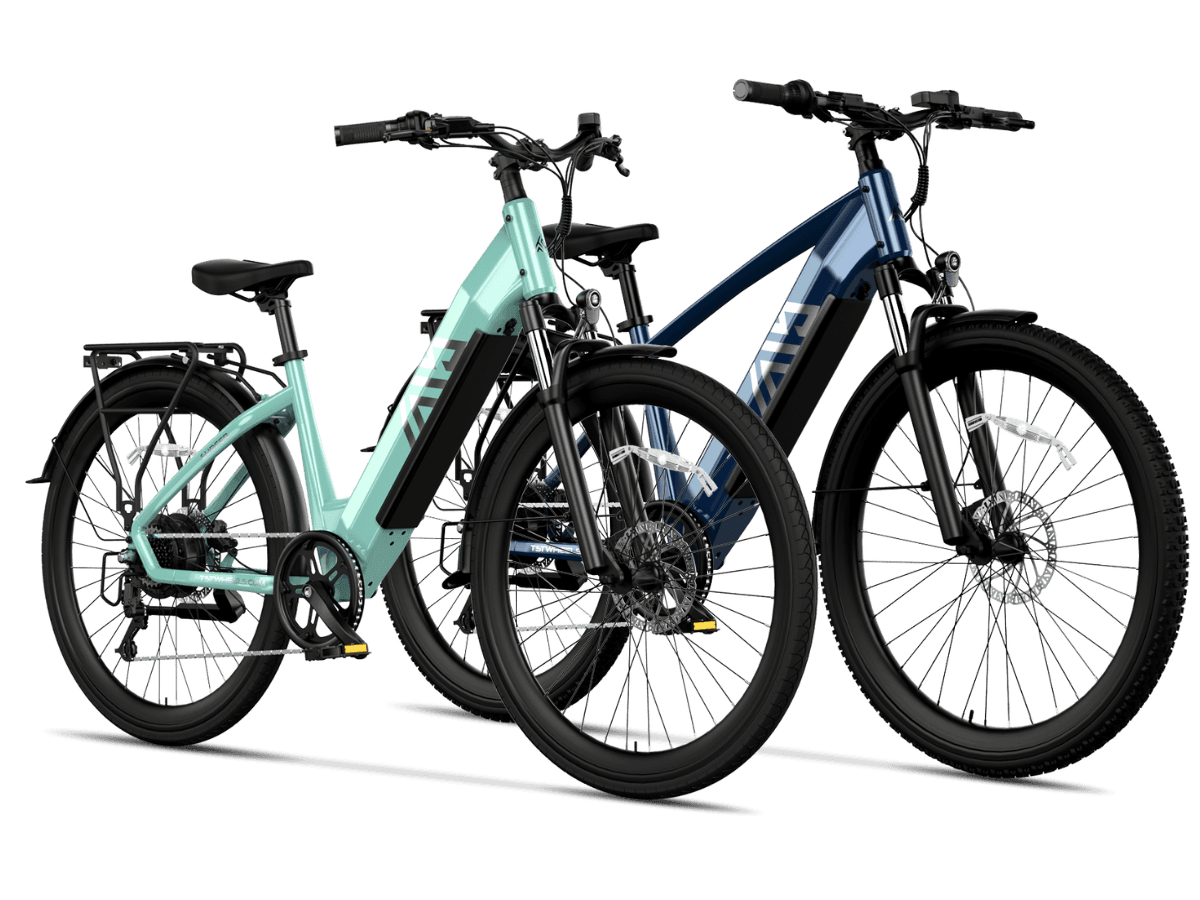
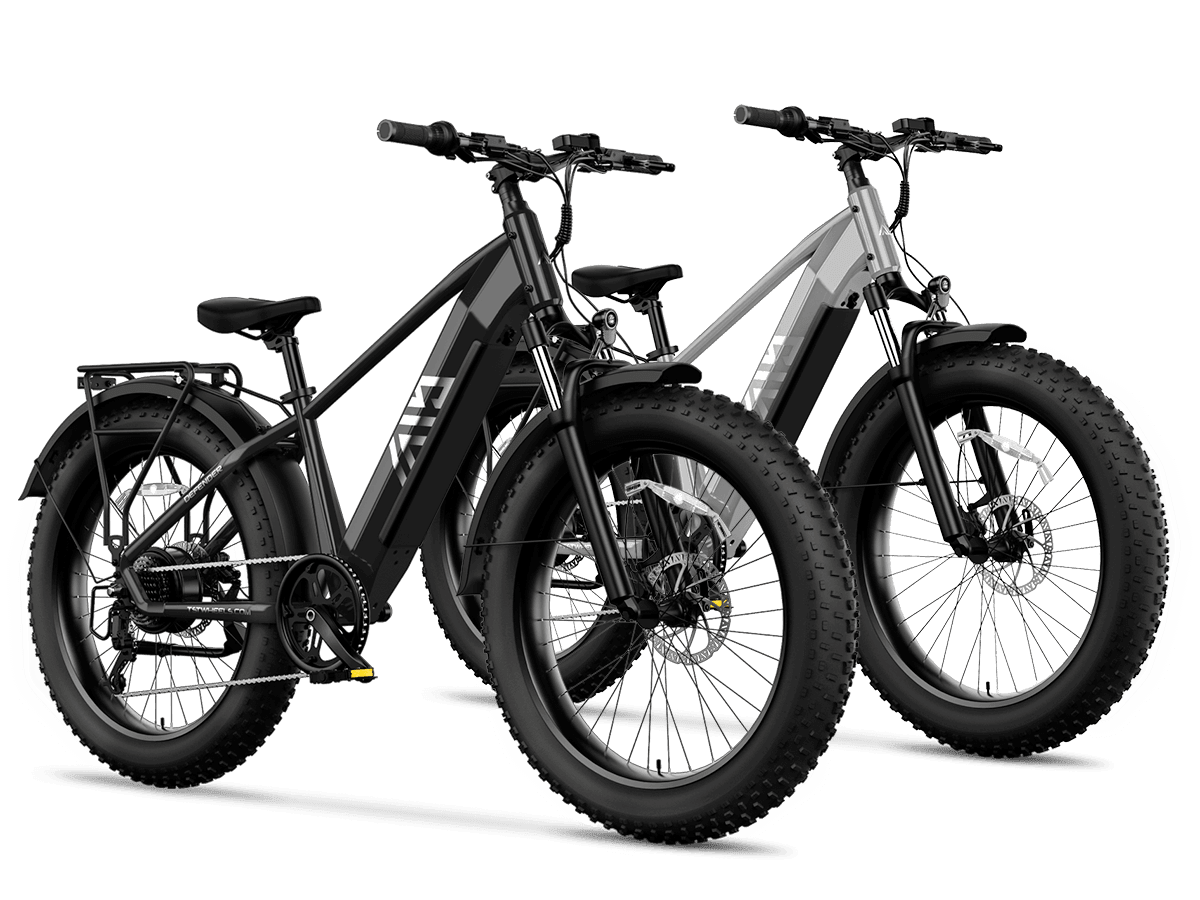
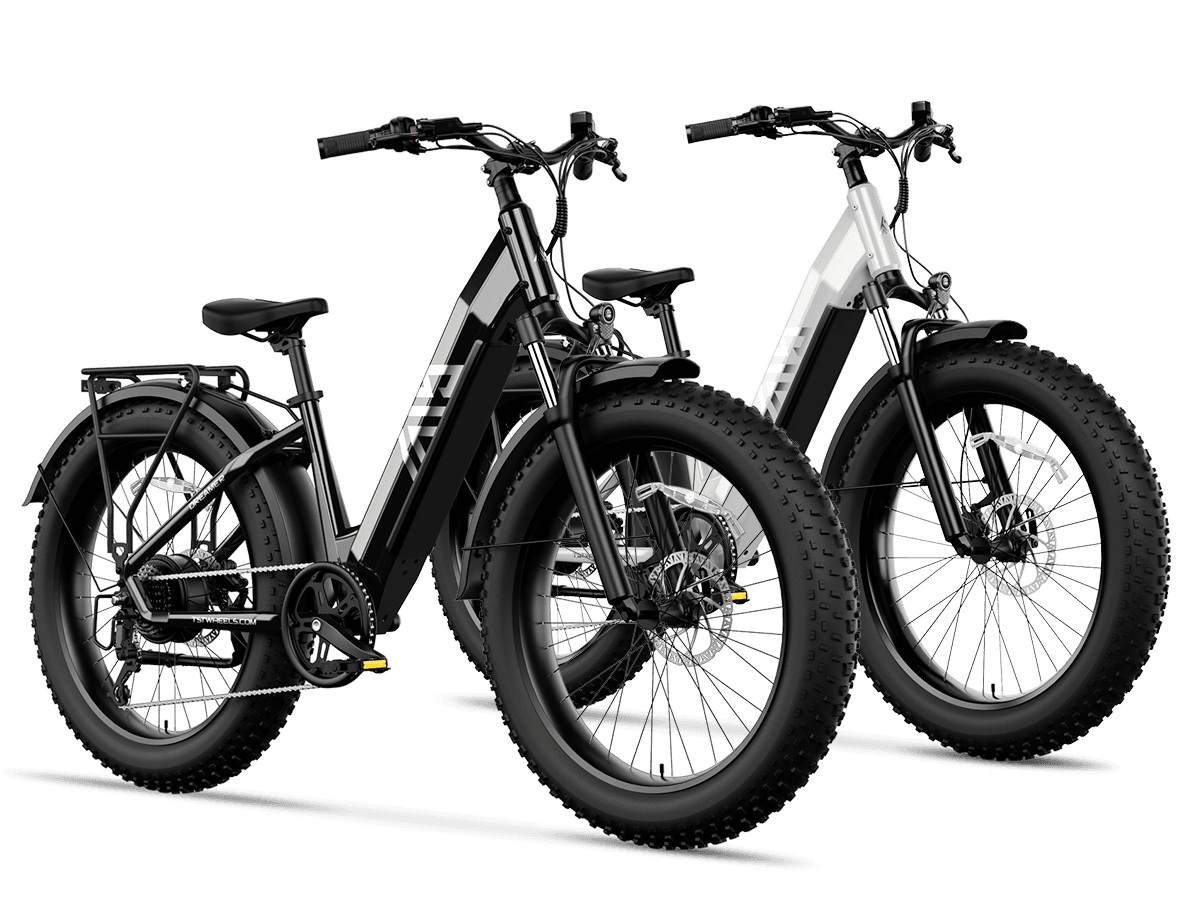
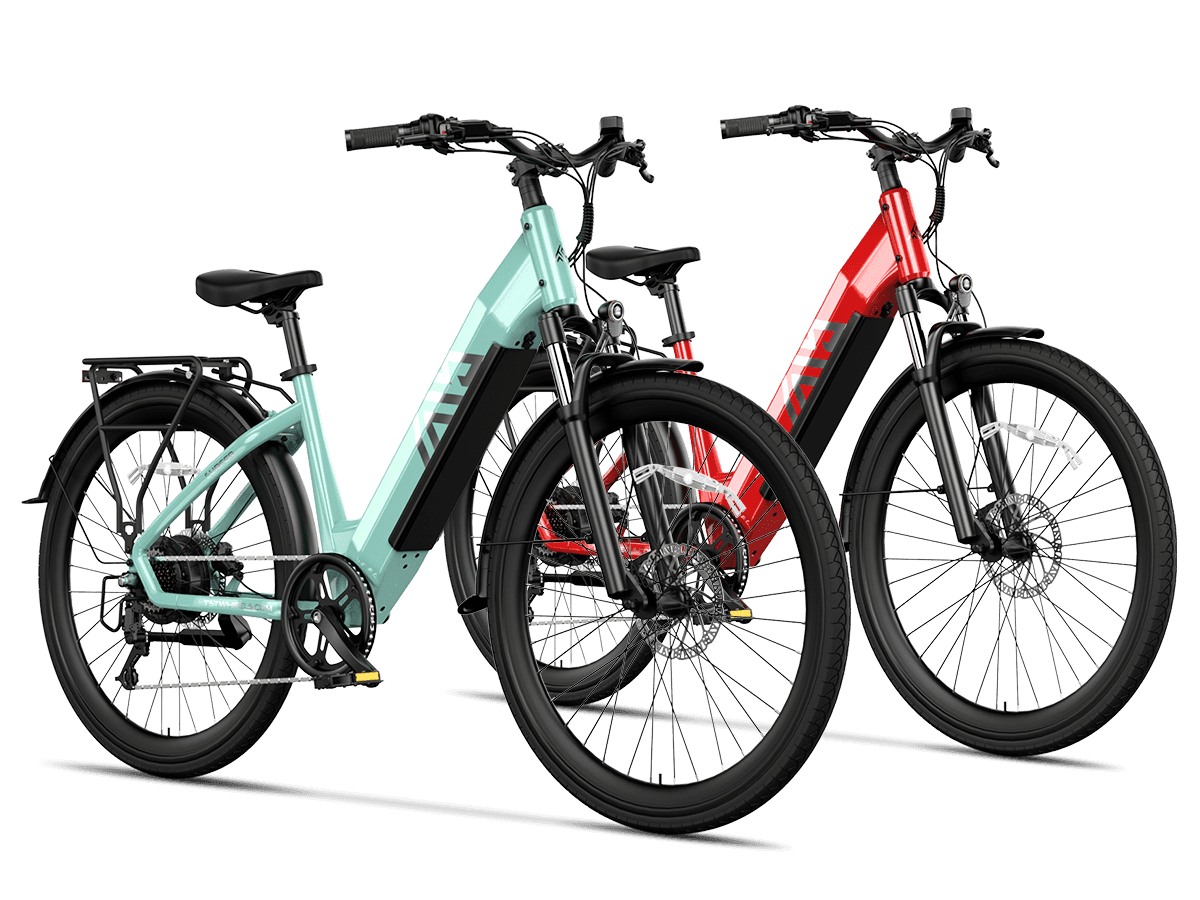
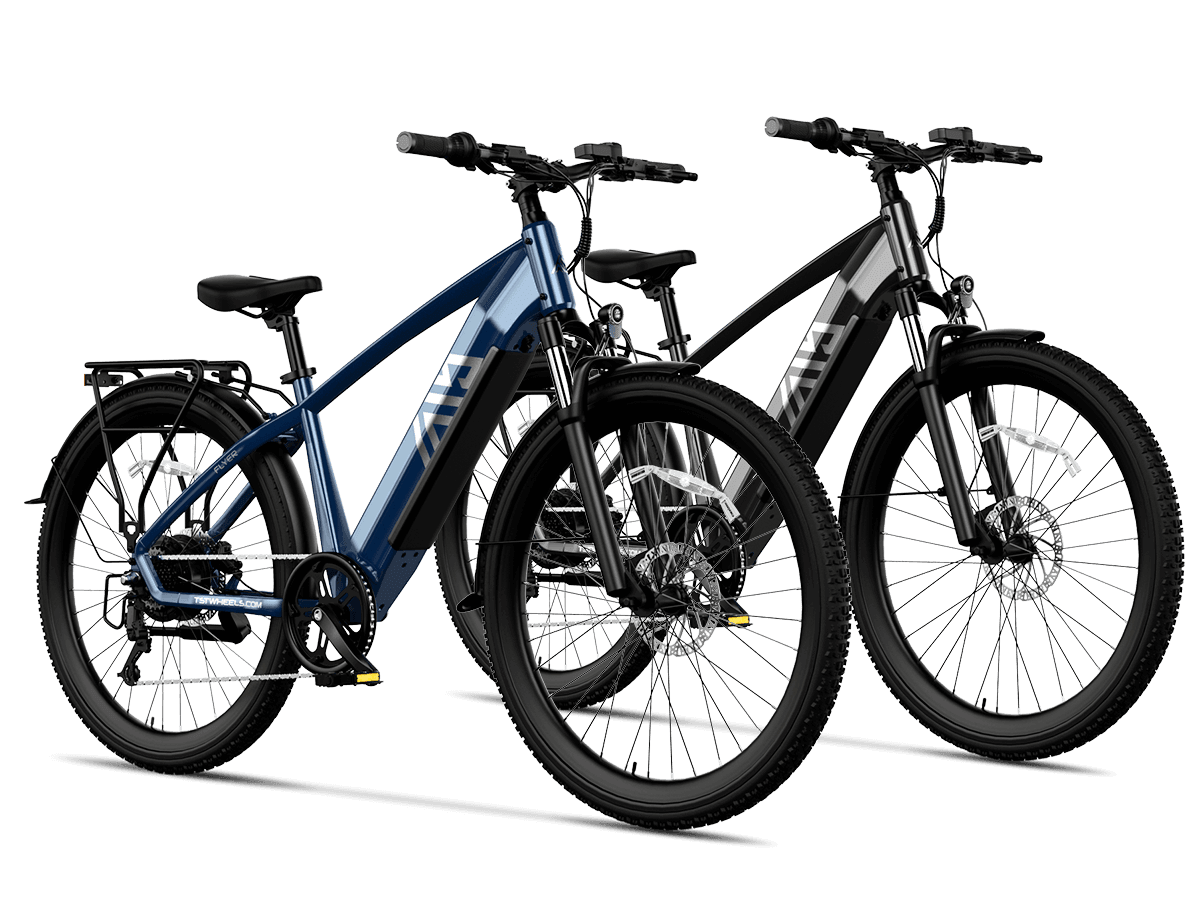
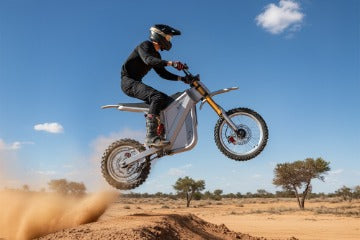
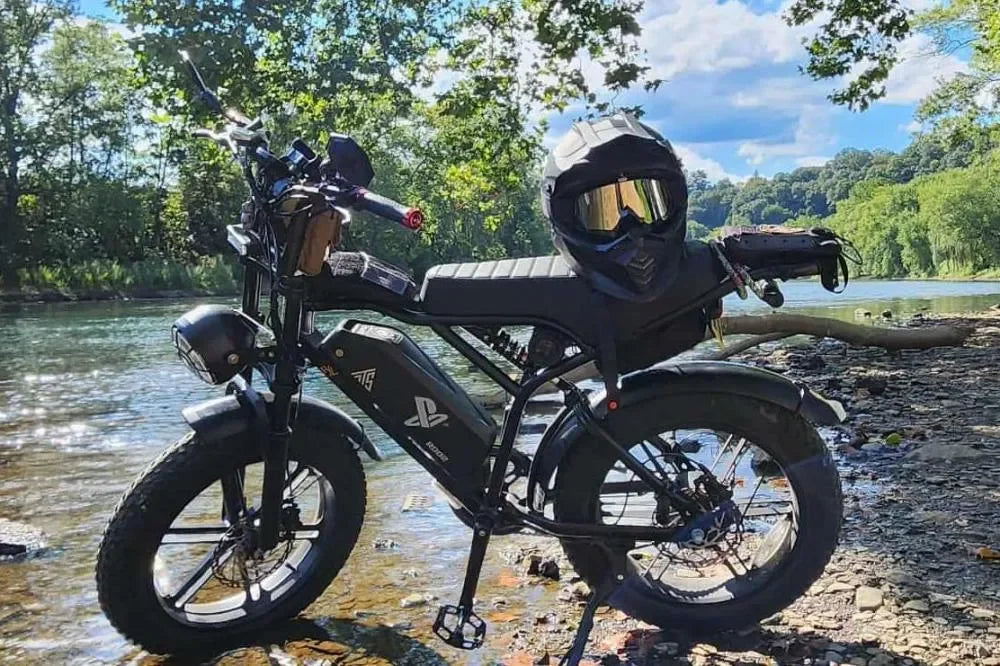
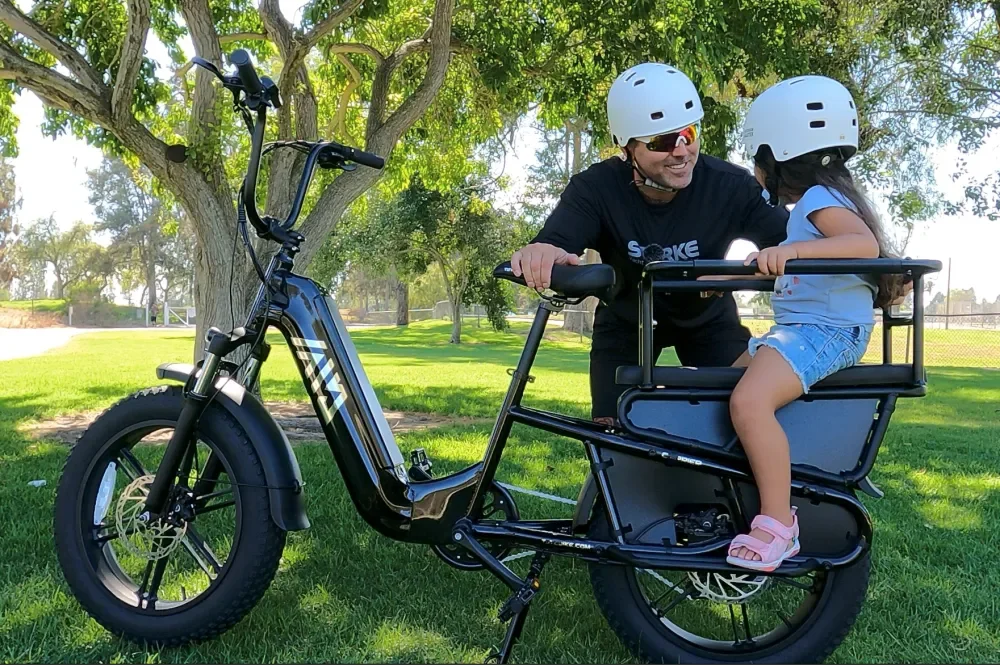
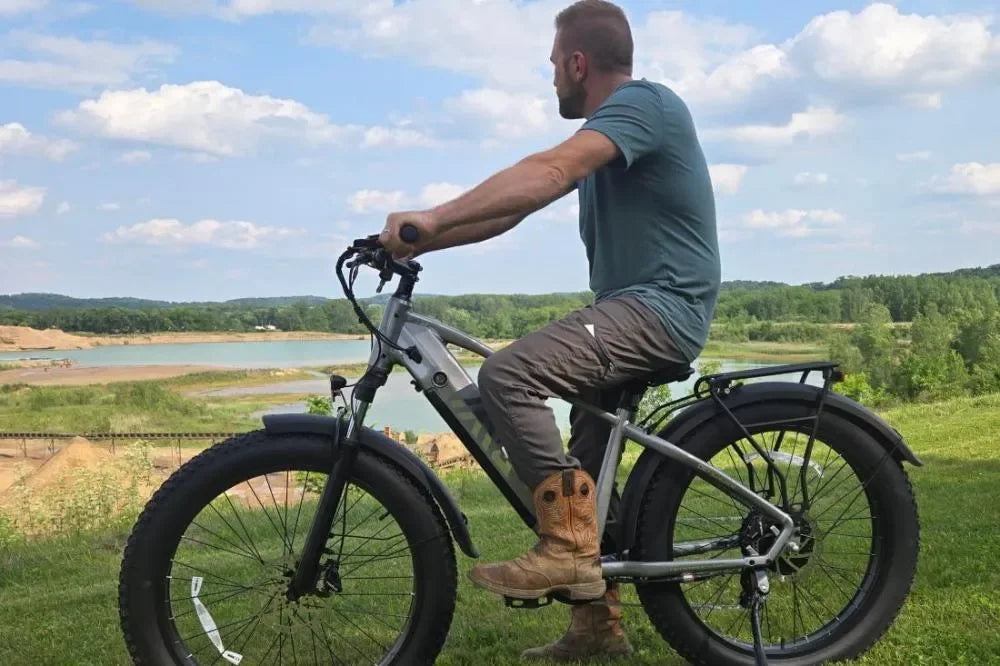
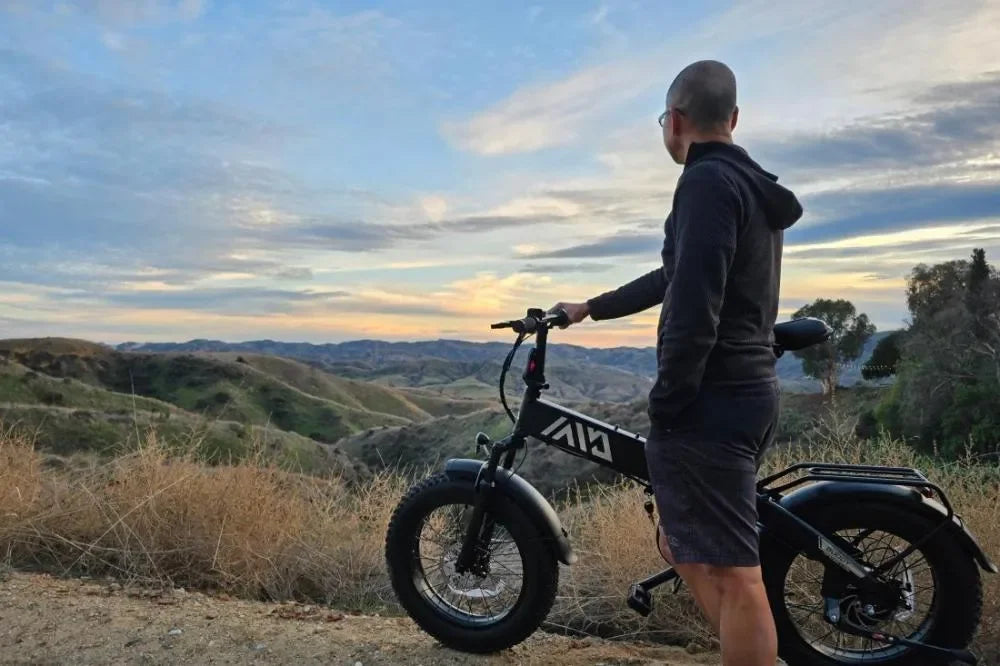
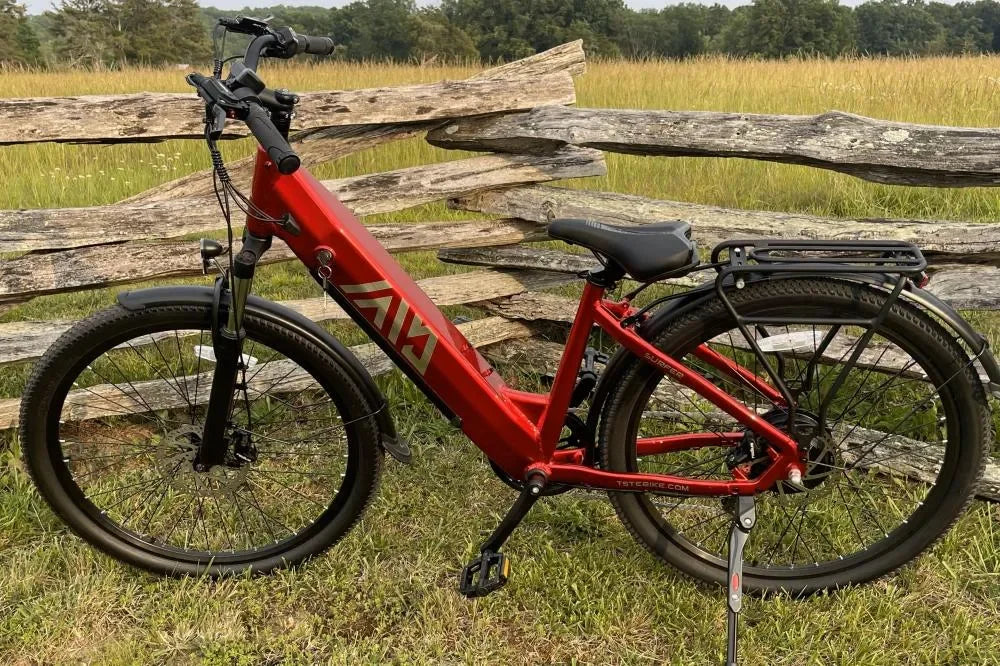
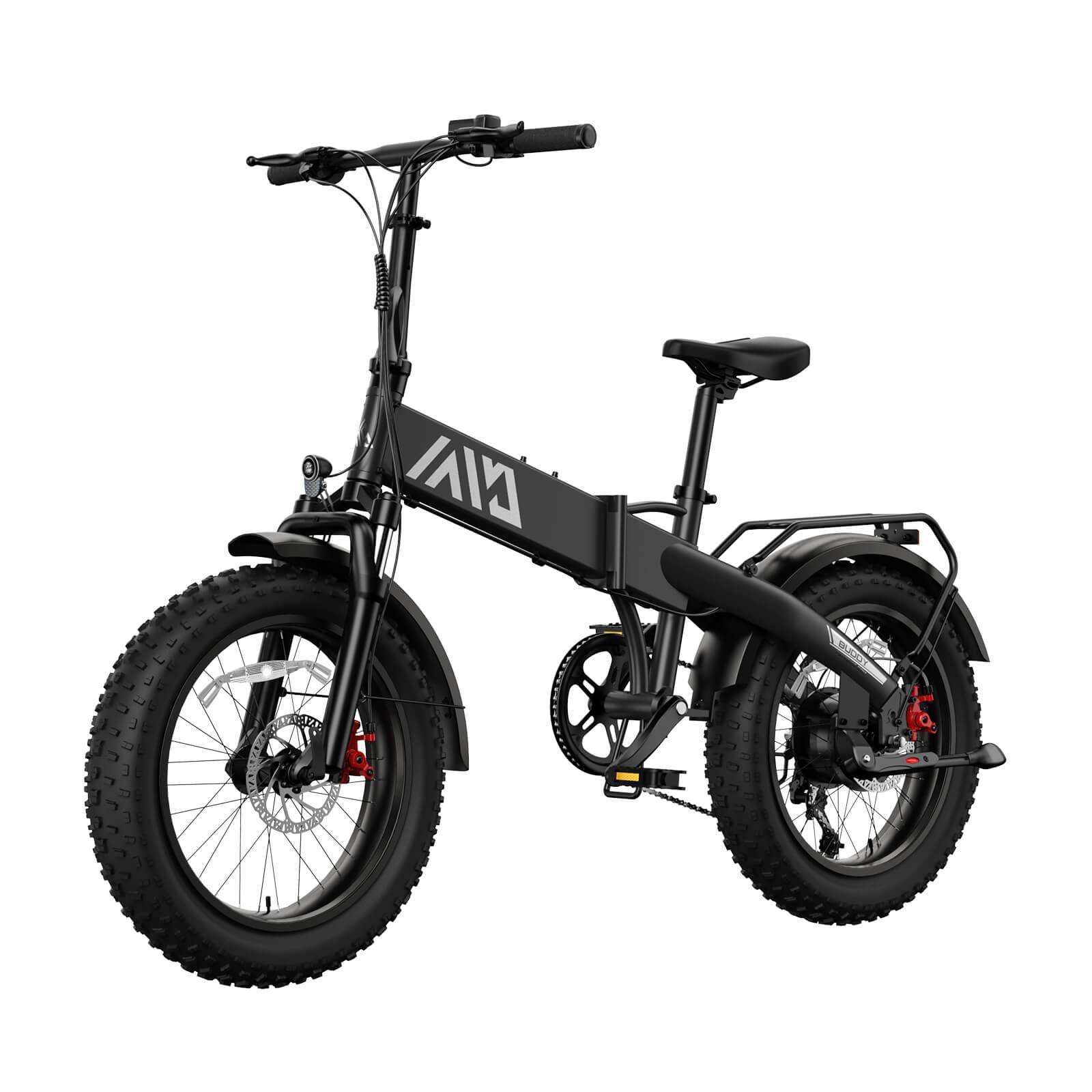

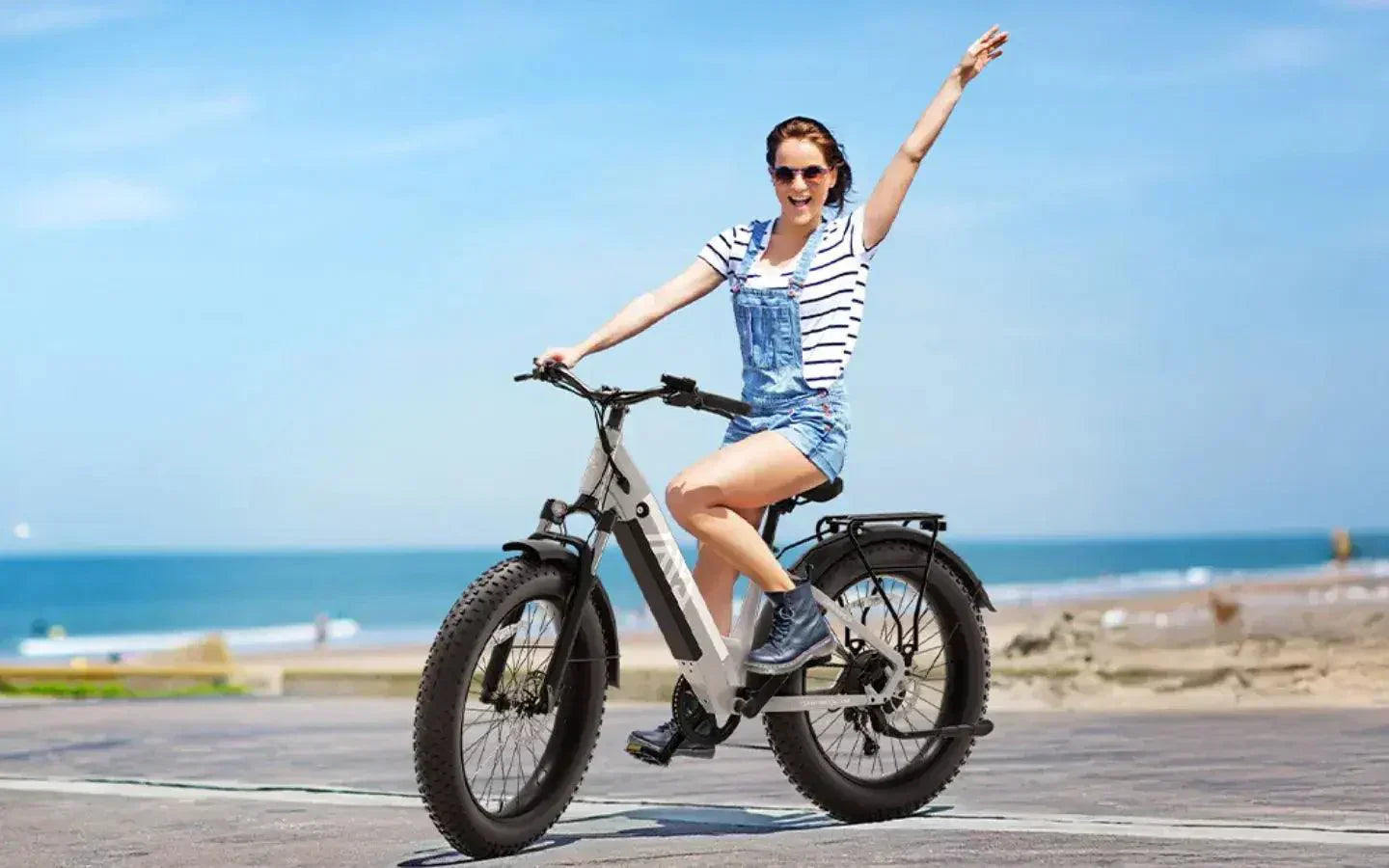
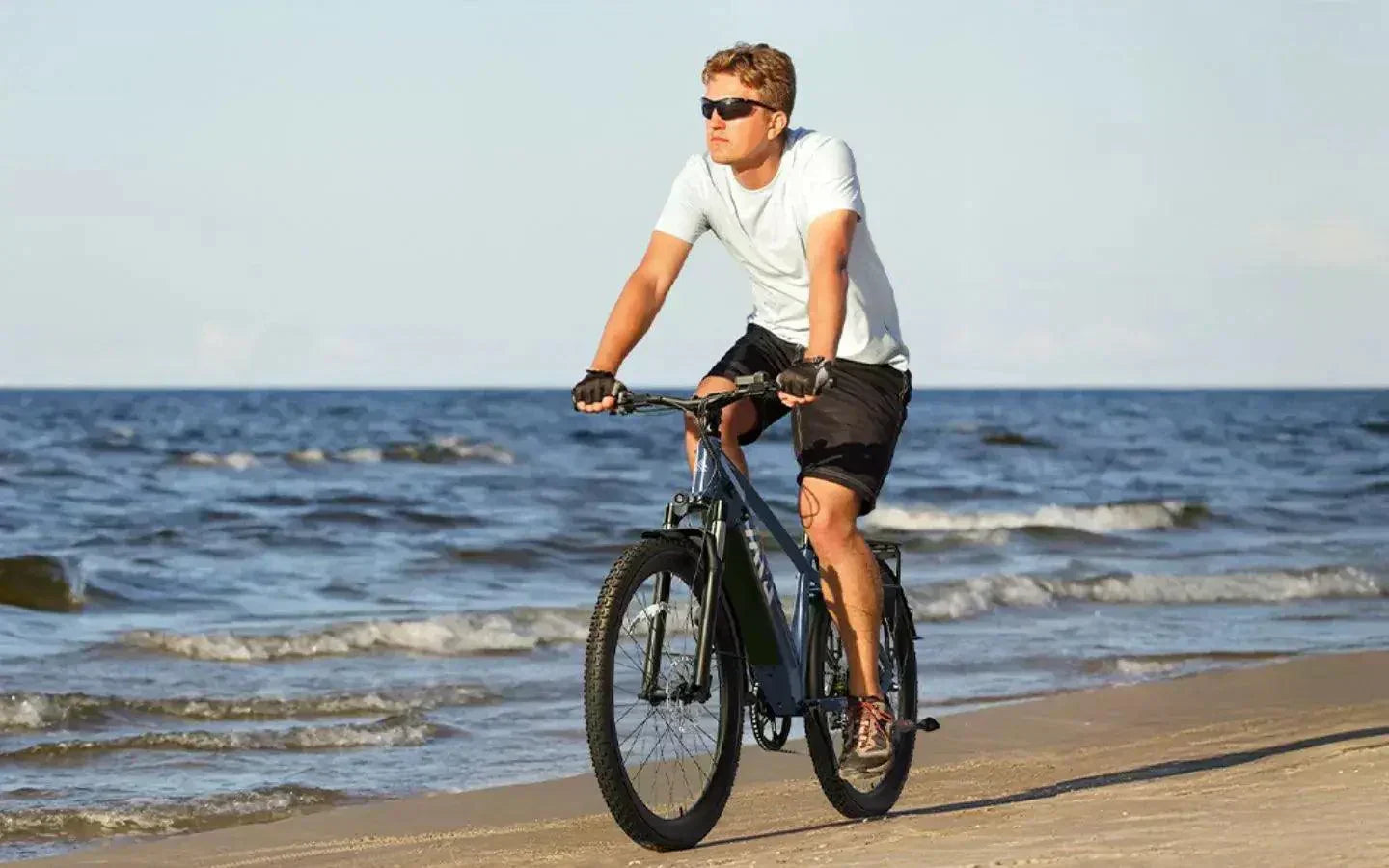
Leave a comment
All comments are moderated before being published.
This site is protected by hCaptcha and the hCaptcha Privacy Policy and Terms of Service apply.